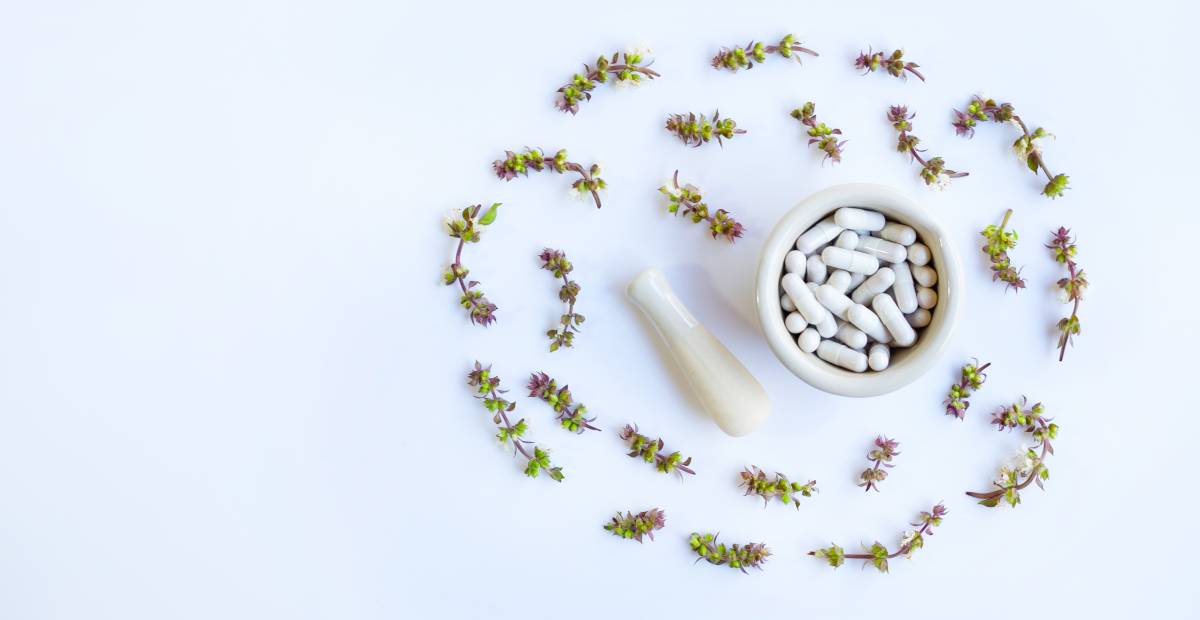Valerian vs Melatonin for Better Sleep

Choosing between valerian root vs melatonin often leads to confusion. A 2021 overview in Sleep Medicine Reviews reports that the herbal sedative Valeriana officinalis calms GABA receptors, while melatonin, the pineal sleep hormone, realigns the circadian rhythm. This guide delivers a clear natural sleep aids comparison in plain language. It explains how each option can shorten sleep-onset latency and promote deeper rest without overwhelming readers with clinical detail. Specific dosing advice appears in our section on the best time & dose of valerian root for insomnia, and safety considerations link to valerian root side effects, contraindications & drug interactions.
Understanding the Body Clock: How Circadian Rhythm Governs Sleep-Onset Latency
Light signals reach the suprachiasmatic nucleus (SCN) and tell the pineal gland when to start releasing melatonin. Disruption—late screens, jet lag, rotating shifts—pushes the sleep-wake cycle out of sync, lengthening the time it takes to fall asleep. A 2022 guideline from the American Academy of Sleep Medicine outlines these phase-shift mechanisms in detail( pubmed.ncbi.nlm.nih.gov). Readers curious about historical chronobiology can explore our post onValerian Root Through the Ages: A Complete Historical Overview.
Valerian Root—A GABA-Modulating Herb That Eases Neural Excitability
Valeriana officinalis contains valerenic acid, which binds to GABA-A receptors and reduces cortical arousal. A Phytotherapy Research review (2024) found that 400 – 600 mg of standardised extract, taken 30 – 60 minutes before bed, shortened perceived sleep-onset latency by an average of 14 minutes( pubmed.ncbi.nlm.nih.gov). Brewing instructions for tea and tincture formats appear in Valerian Tea vs Extract vs Capsules. Mechanistic details are expanded in valerenic acid & GABA.
Melatonin—The Endogenous Hormone That Resets a Misaligned Body Clock
Low-dose melatonin (0.5 – 3 mg) taken 1 – 2 hours before the intended bedtime advances or delays the biological clock, depending on timing. A 2022 meta-analysis in Journal of Clinical Sleep Medicine reported a 19-minute reduction in sleep-onset latency among people with delayed sleep-phase syndrome( pubmed.ncbi.nlm.nih.gov). The NIH Office of Dietary Supplements fact sheet outlines safe use and common side-effects(ods.od.nih.gov). For dose-timing charts, see best time & dose of valerian root for insomnia, which compares herb and hormone schedules side by side.
Comparative Efficacy of Valerian Root and Melatonin on Core Sleep Metrics
A 2024 umbrella review in Sleep Medicine Reviews compared botanical sedatives and hormonal sleep aids across six randomised trials and summarised three outcome pillars—sleep-onset latency, total sleep time, and subjective sleep quality ( pubmed.ncbi.nlm.nih.gov.) The data support a precise, side-by-side natural sleep aids comparison:
| Outcome | Valerian Root (400–600 mg extract) | Melatonin (0.5–3 mg immediate-release) |
| Sleep-onset latency |
↓ 14 min vs placebo in adults with mild insomnia(
pubmed.ncbi.nlm.nih.gov) |
↓ 19 min vs placebo in delayed-sleep-phase cohorts(
pubmed.ncbi.nlm.nih.gov) |
|
Total sleep time
|
+ 24 min after two weeks nightly use(
pubmed.ncbi.nlm.nih.gov) |
+ 25 min in primary-insomnia meta-analysis(
pubmed.ncbi.nlm.nih.gov) |
|
Subjective sleep quality
|
32 % improvement on Pittsburgh Sleep Quality Index (pubmed.ncbi.nlm.nih.gov) | 35 % improvement on the same scale( pubmed.ncbi.nlm.nih.gov) |
Practical Dosage and Timing: Matching the Aid to the Clock
Valerian Root—When a Calming Neurochemical Nudge Is Needed
- European Medicines Agency monograph recommends 30–60 minutes pre-bed.
- Typical capsule range: 400–600 mg dried-root equivalent.
- Tea infusion: 2–3 g coarsely cut root steeped 10 minutes.
Detailed brew instructions appear in Valerian Tea vs Extract vs Capsules.
Melatonin—When Phase-Shifting the Body Clock Matters
- NIH fact sheet advises 0.5–3 mg taken 1–2 hours before target bedtime.
- Lower doses (0.5 mg) suffice for jet-lag phase advance; higher doses (2–3 mg) aid delayed-sleep-phase disorder.
- Controlled-release tablets extend plasma half-life without next-day drowsiness.
Clinical timing charts and tapering strategies will feature in our upcoming melatonin guide; subscribe for updates.
For readers tracking first-night effects, see does valerian work the first night in our evidence digest on acute trials. For a broader botanical context, explore compare natural sleep aids featuring chamomile and passionflower.
Safety Snapshot and Interaction Checklist
- Short-term valerian use shows mild, transient dizziness in < 2 % of users(pubmed.ncbi.nlm.nih.gov).
- Melatonin reports headache and vivid dreaming in ~ 5 % of participants(pubmed.ncbi.nlm.nih.gov).
- Concurrent use rarely triggers additive sedation but monitor machinery operation the following morning. Guidance appears in valerian root side effects, contraindications & drug interactions and Is Valerian Safe with Alcohol or Melatonin?.
Pregnancy and paediatric considerations require professional oversight and are addressed in our specialist article on age-specific use.
Decision Tree: Selecting Valerian Root or Melatonin According to Your Circadian Needs
Step 1 — Identify the Primary Problem
| Question | If “Yes” | If “No” |
|
Do you fall asleep late because the body clock is mis-aligned (jet lag, shift work)?
|
Proceed to Melatonin Pathway
|
Continue to next question
|
|
Do you feel mentally tense at night, making sleep initiation slow?
|
Proceed to Valerian Pathway
|
Evaluate lifestyle factors first |
Step 2 — Melatonin Pathway: Phase-Shift the Sleep-Wake Cycle
- Use 0.5–3 mg melatonin 1–2 h before the target bedtime.
- Lower doses suffice for eastbound travel jet lag(pubmed.ncbi.nlm.nih.gov).
- Maintain dim-light conditions to reinforce the phase advance.
- Review long-term safety in Is Valerian Safe with Alcohol or Melatonin?
Step 3 — Valerian Pathway: Calm Neural Excitability
- Take 400–600 mg standardised extract 30–60 min before bed.
- Tea option: 2–3 g dried root steeped 10 min(pubmed.ncbi.nlm.nih.gov).
- Combine with good sleep hygiene for additive benefit; see best time & dose of valerian root for insomnia.
Step 4 — Combined Strategy (When Both Paths Apply)
- In travellers with stress and jet lag, experts at the University of Sydney Sleep Clinic suggest short-term co-administration under professional guidance (pubmed.ncbi.nlm.nih.gov).
- Limit combined use to < 2 weeks and monitor next-day alertness.
- Detailed cautions appear in valerian root side effects, contraindications & drug interactions.
